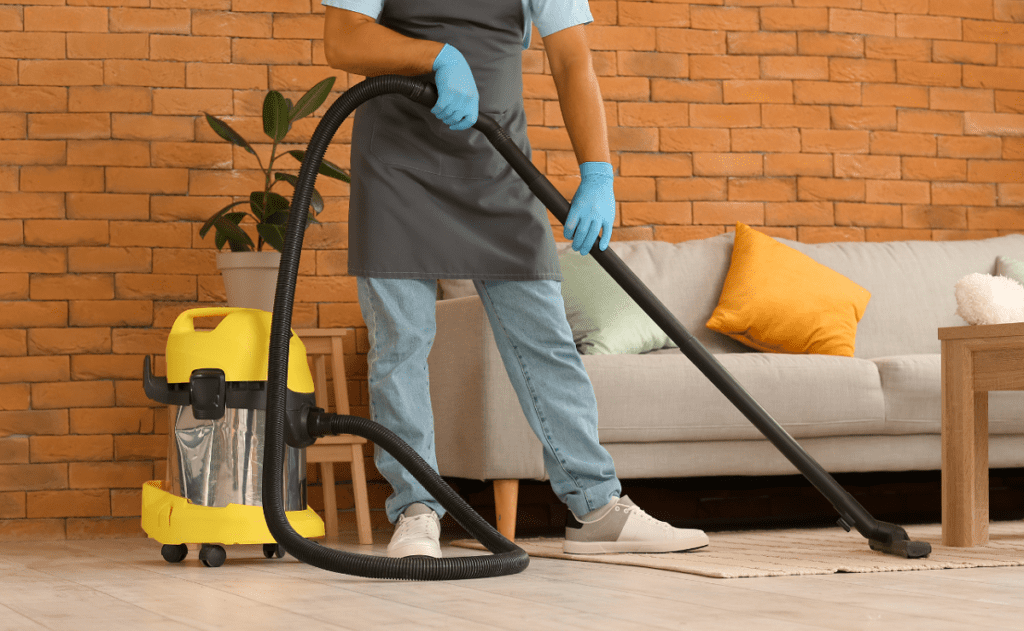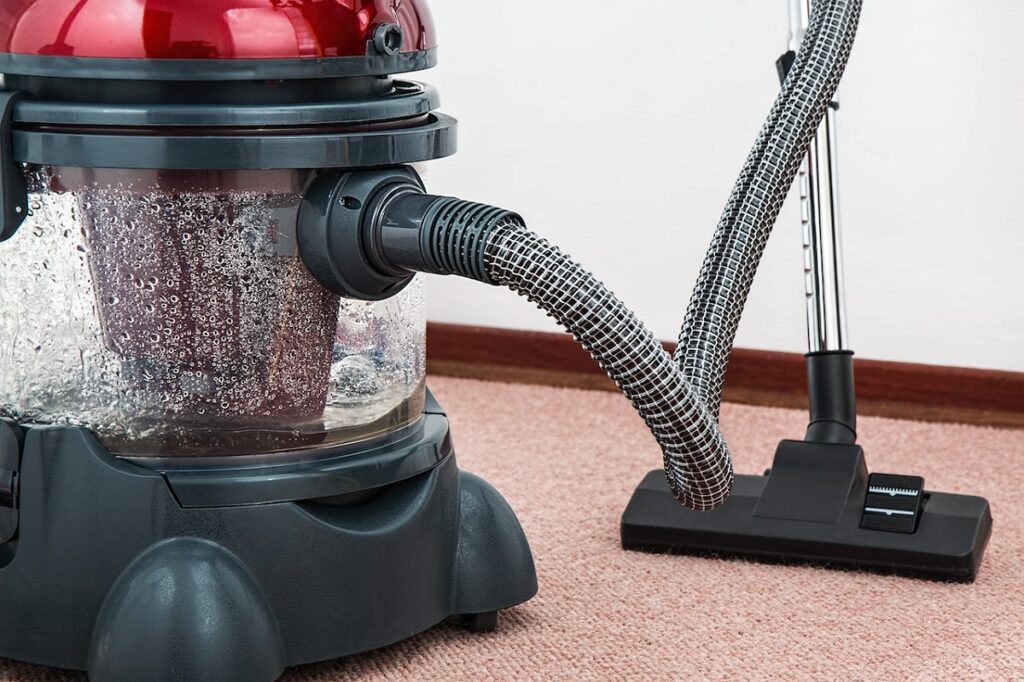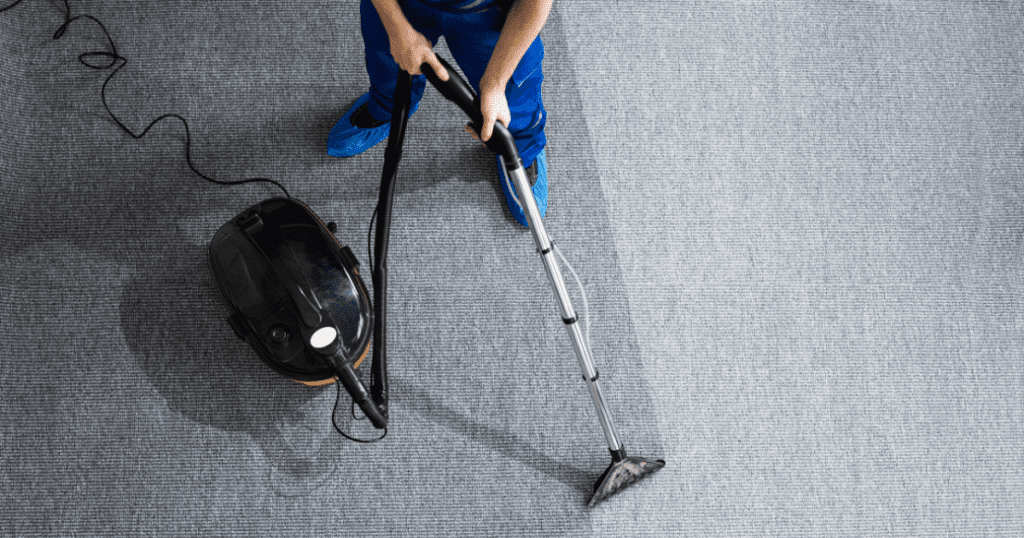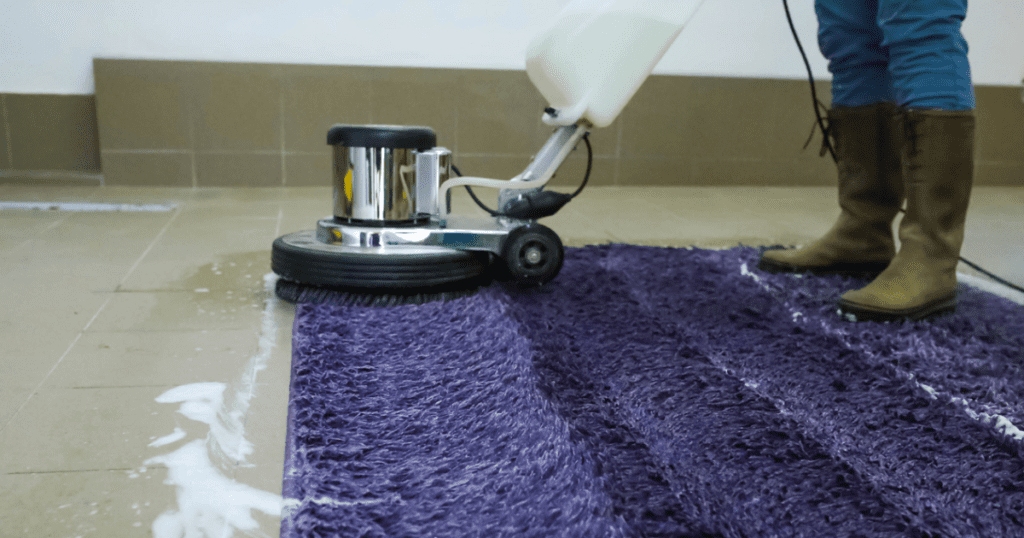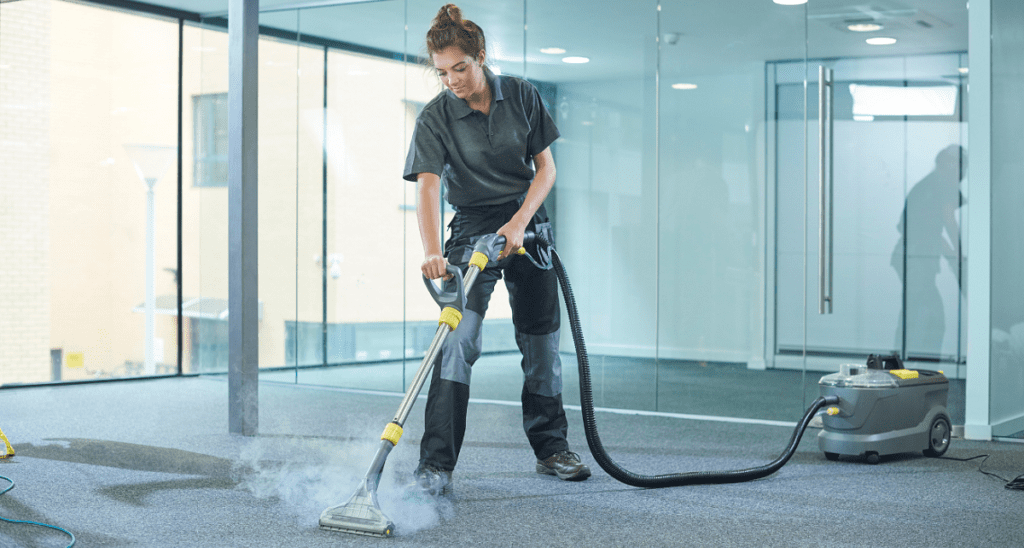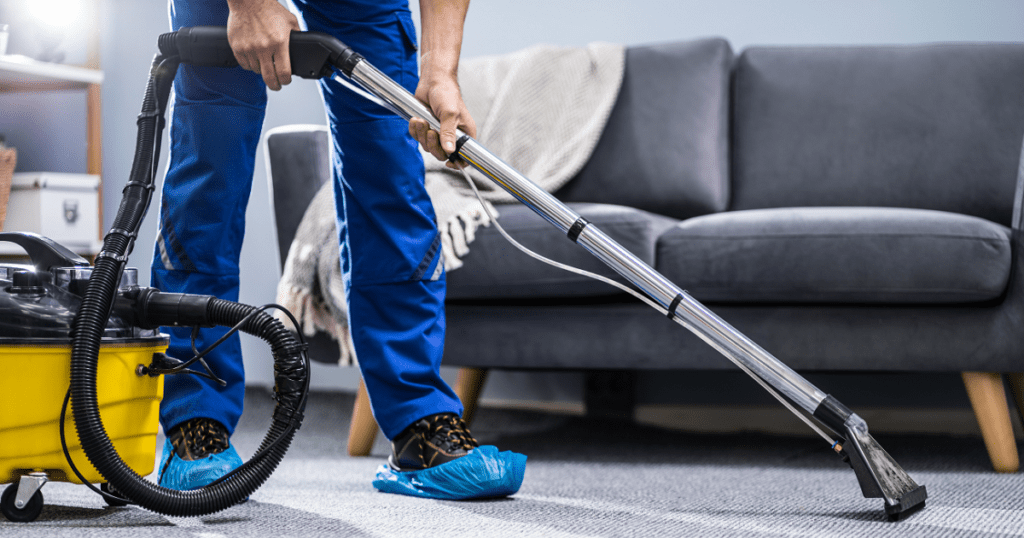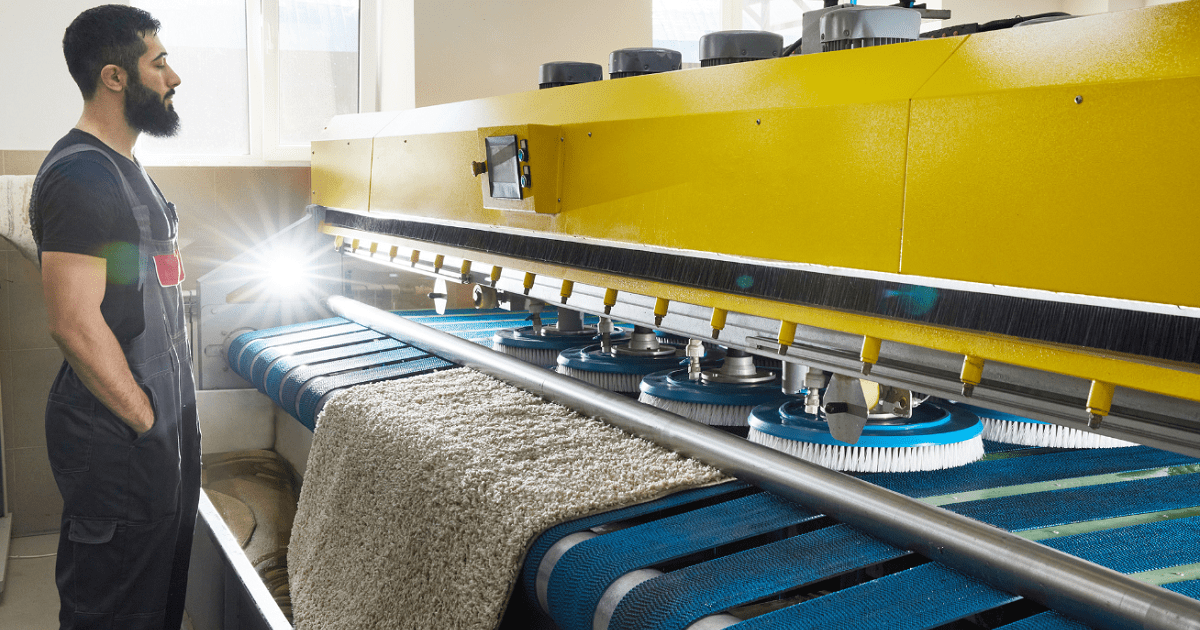
The Importance of Drying Carpet After Cleaning
How to dry carpet after cleaning? Carpet cleaning is an essential task that every homeowner should prioritize to ensure the cleanliness and safety of their homes. However, it’s not just enough to clean your carpets; you should also dry them thoroughly after cleaning.
Unfortunately, some people neglect this important step and assume that air-drying the carpet overnight or waiting for it to dry naturally is enough. This assumption couldn’t be farther from the truth!
Leaving a wet carpet unattended after cleaning can cause all sorts of problems that can ruin your day. For starters, excess water in your carpet can create an ideal environment for mildew growth, which can lead to unpleasant odors and damage to your carpets.
Furthermore, a damp carpet could attract dust mites and other allergens which could aggravate respiratory issues or allergies for you or your loved ones.
The Risks of Leaving a Wet Carpet Unattended
If you’re thinking about skipping the drying process altogether or not taking it as seriously as necessary, think again! A wet carpet left unattended in a dark and moist area could lead to mold growth within 24-48 hours.
Mold growth poses extensive health risks such as severe allergic reactions, asthma attacks, skin irritation, headaches, and even fatigue. Moreover, leaving a wet carpet lying around for too long could also attract pests like cockroaches and even rodents which could eventually infest your home with their germs and bacteria.
Don’t wait until it’s too late; make sure you dry your carpets fast after cleaning. Drying your carpets after cleaning is just as important as any other part of the cleaning method.
Don’t take shortcuts when drying out your carpets, otherwise, you’ll be facing a whole new set of problems that could severely impact the health and safety of your home. Stay up to date on the latest and most effective methods to dry your carpet fast, create airflow, and don’t let a wet carpet ruin your day.
RELATED: Clearing the Air: Solving the Mystery of Musty Smelling Carpets After Cleaning
The Basics of Drying Carpet
How to Dry Carpet After Cleaning
So, you’ve just finished steam cleaning your carpets and now, you must dry them. The process of drying carpet is just as important as the cleaning method itself. Hence, it’s essential that you do it correctly to avoid any potential damage or mold growth.
The first step in the process of drying your carpet is removing any remaining water or moisture left after the cleaning method.
You can use a towel to absorb any excess water from the carpet fibers, but be sure not to rub too hard or overwork any particular area as this can cause damage to the carpet. There are different methods available for drying carpets including air-drying, using fans or dehumidifiers, and using specialized equipment.
Air-drying is a cost-effective way of drying carpets but be prepared for it to take longer than other methods mentioned. This method works best in warm and dry climates where there’s good airflow as cold air slows down the evaporation process.
Avoid Using Air Conditioning
Keep in mind that using your air conditioner during this time isn’t recommended as it will slow down the evaporation process and create moisture in other parts of your home. Instead, opt for opening windows and doors if possible or creating an airflow through fans or air movers.
Another option is using a dehumidifier which removes excess moisture from the air and speeds up the drying time. This is particularly useful during humid weather conditions where there isn’t enough airflow.
Specialized equipment such as industrial-strength vacuums is a great option if you want professional-grade results without having to hire a carpet cleaning professional every time you need your living room’s carpet transformed. Whether you choose an affordable DIY method like baking soda with good old-fashioned air flow (and patience) or invest in specialized equipment, up-to-date information on how to dry carpet after cleaning is crucial in ensuring that your carpets stay clean and healthy.
The Importance of Airflow
The Role Airflow Plays in Drying Carpet Effectively and Efficiently
Airflow is critical in drying carpets after cleaning, and I cannot stress this enough. You may have done an excellent job cleaning your carpet, but if you neglect to dry it correctly, all your efforts will go to waste. Proper airflow not only dries the carpet faster but also prevents mold growth and mildew formation.
Maximize Airflow During the Drying Process
To maximize airflow during carpet drying, you need to be strategic with how you position everything in the room.
- First off, open all windows and doors to let fresh air circulate freely. If it’s a sunny summer day outside, take advantage of this. The heat from the sun will accelerate the drying process.
- Secondly, use fans or air movers to blow air over the wet carpet surface continually. By keeping a steady flow of fresh air moving through your home’s space or commercial setting as your carpeting dries out from being cleaned by a professional carpet cleaning company or doing it yourself with an at-home cleaning method.
- Thirdly move any furniture that obstructs airflow so that there is no dark and moist area left behind; these areas tend to dry out more slowly than open spaces leading to longer periods for mold growth.
- If possible use carpets padding while cleaning because this can help absorb some of the excess moisture created by water-based cleaning methods like soaking up extra water with dry towels when needed for spot treatment before blow-drying with a vacuum hose from an air conditioner unit running near where necessary – giving more efficient results than towel-drying alone would provide.
Dealing with Stubborn Stains or Spots:
The Bane of Every Carpet Owner’s Existence
As someone who has owned wall-to-wall carpets for years, I can tell you that dealing with stubborn stains or spots is one of the most frustrating tasks in the world. Whether it’s a red wine spill or a pet accident, it always seems like these blemishes are impossible to remove.
However, before you panic and call the nearest carpet cleaning company, try some DIY solutions first. The first step in dealing with stubborn stains is to act fast.
The longer you wait, the harder it will be to remove the stain. If possible, blot up as much of the liquid as you can with a dry towel before applying any cleaning solution.
Don’t rub or scrub the stain as this will only make it worse and might even damage your carpet fibers. When it comes to choosing a cleaning method for tough stains, there are countless options available.
Some people swear by natural remedies like vinegar and baking soda while others prefer commercial cleaning products specifically designed for carpets. Whatever method you choose, be sure to test it in an inconspicuous area first to make sure it won’t damage your carpet.
Removing Tough Stains Without Causing Damage
One of my go-to methods for removing stubborn stains is using dry towels and warm air from an air conditioner or concentrated funnel dryer. After blotting up as much of the liquid as possible with a towel or paper towel, I place another dry towel over the stain and apply pressure with my feet (or hands if it’s a small spot). Then, I use an air conditioner on high heat setting pointed towards that area till dried off completely which helps me dry the carpet after cleaning easily.
For particularly tough stains like red wine or coffee spills that have set in for up to three days, I rely on a powerful vacuum cleaner with a brush attachment to scrub the area gently. This not only lifts the stain but also fluffs up the carpet fibers, making it look good as new.
Dealing with stubborn stains or spots is no easy task, but with a little patience and the right tools, you can save yourself from having to call in professional help. Remember to act fast, be gentle when cleaning, and test any cleaning solution before applying it to your entire carpet.
Preventing Mold Growth
Mold: A Silent Killer
Mold growth is not something to take lightly. It can have serious health consequences for those living in the home, especially those with allergies or respiratory issues.
Additionally, mold can be incredibly difficult and expensive to remove once it has taken hold. This is why it is imperative that you take the necessary steps to prevent mold growth when drying your carpets after cleaning.
Drying Your Carpets Properly
One of the primary causes of mold growth in carpets is a failure to dry them properly after cleaning. Wet carpets provide an ideal environment for mold spores to grow and thrive. As such, it is essential that you take steps to ensure that your carpet dries as quickly as possible after cleaning.
Tips for Preventing Mold Growth During Carpet Drying
There are several tips and tricks you can use to prevent mold growth during the carpet drying process.
- One effective strategy is to use standing fans or air movers to blow air over the surface of the carpet, which helps accelerate evaporation and speeds up drying times.
- Additionally, if possible, consider using a dehumidifier in conjunction with fans or air movers – this will help remove excess moisture from the air and further promote faster drying times.
- Another tip for preventing mold growth when drying your carpets after cleaning involves using a concentrated funnel or vacuum hose attachment on your wet-dry vacuum cleaner. This will allow you to more effectively extract excess water from your carpets – which again, promotes faster drying times – while avoiding pools of stagnant water that can be a breeding ground for mold spores.
- Consider contacting a professional carpet cleaning company if you’re unsure about how to dry carpet fast without risking damage or encouraging mold growth. These professionals have access to specialized equipment that may be more effective at promoting airflow through your carpet fibers and can help ensure that your carpet is dry and mold-free in no time.
Remember, taking the necessary steps to prevent mold growth during the carpet drying process will pay off in the long run. Not only will you avoid the health risks of living with mold growth in your home, but you’ll also get to enjoy your clean, dry carpet faster – without any musty odors or unsightly stains.
RELATED: Carpet Cleaning in Arlington, TX: From Basics to Services, Everything You Need to Know
Frequently Asked Questions
How do you dry the carpet faster after cleaning?
To dry the carpet faster after cleaning, you can use fans or an air conditioner to increase air circulation, or a dehumidifier to help remove excess moisture from the air. Open windows and doors if the weather allows, to improve ventilation and speed up the drying process.
How do you dry the carpet after washing it?
After washing a carpet, you can use fans, air conditioners, or dehumidifiers to help speed up the drying process. Also, try to limit foot traffic on the wet carpet to avoid pushing water deeper into the fibers, which can prolong the drying time.
How long does it take to dry the carpet after cleaning?
The drying time for the carpet after cleaning can vary depending on the cleaning method, the type of carpet, and the environmental conditions, but generally, it takes anywhere from 6 to 24 hours. Steam cleaning typically takes longer to dry than dry cleaning methods.
Does heat help dry the carpet?
Heat can help dry carpet as it accelerates the evaporation process. However, too much heat can potentially damage the carpet, so it’s best to use a balanced approach of heat and air circulation for the most effective drying.
Does baking soda absorb moisture from the carpet?
Baking soda can absorb moisture from the carpet, which makes it effective in helping to dry out damp areas and remove odors. However, after sprinkling baking soda on your carpet, you should vacuum it up thoroughly to prevent it from leaving residue or causing discoloration.
Conclusion
Key Points Covered in this Guide
It is crucial to dry the carpet after cleaning to avoid potential health hazards and damage to the carpet itself. The methods mentioned in this guide for drying a wet carpet include air drying, using fans or dehumidifiers, and specialized equipment.
Moreover, it is essential to promote airflow during the drying process by opening windows opposite each other, positioning furniture to allow air circulation, and using standing fans or air movers. It’s also important to deal with any stubborn stains or spots before drying your carpet as they can leave a mark if not treated appropriately.
When it comes to preventing mold growth in humid environments, it’s recommended that you sprinkle baking soda on the damp carpet and use dry towels or paper towels to soak up any remaining water. It’s best practice to call a professional if you have a large carpet or if you’re not confident in your cleaning method. Encourage readers to take appropriate measures when it comes to properly drying their carpets after cleaning
Proper care of your carpets is vital for both health reasons and aesthetic appeal. Leaving a wet carpet unattended can lead to mold growth and unpleasant odors that are difficult to remove.
Taking the appropriate measures like following the drying methods mentioned above and dealing with stubborn stains accordingly will ensure that your carpets dry quickly without any damage. Remember always; prevention is better than cure!
Taking care of your carpets by maintaining proper air circulation through open windows, using air conditioning when necessary, and promoting good airflow through furniture arrangements can go a long way toward preventing mold growth in humid environments. By being mindful of these points and calling professional help if needed will guarantee that your carpets stay dry and clean all year round!

